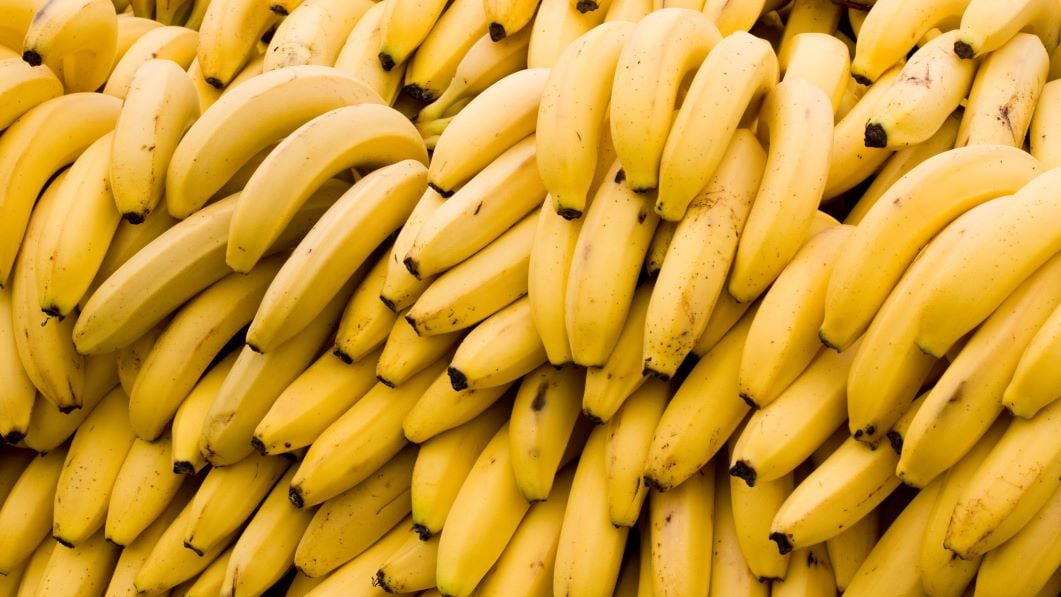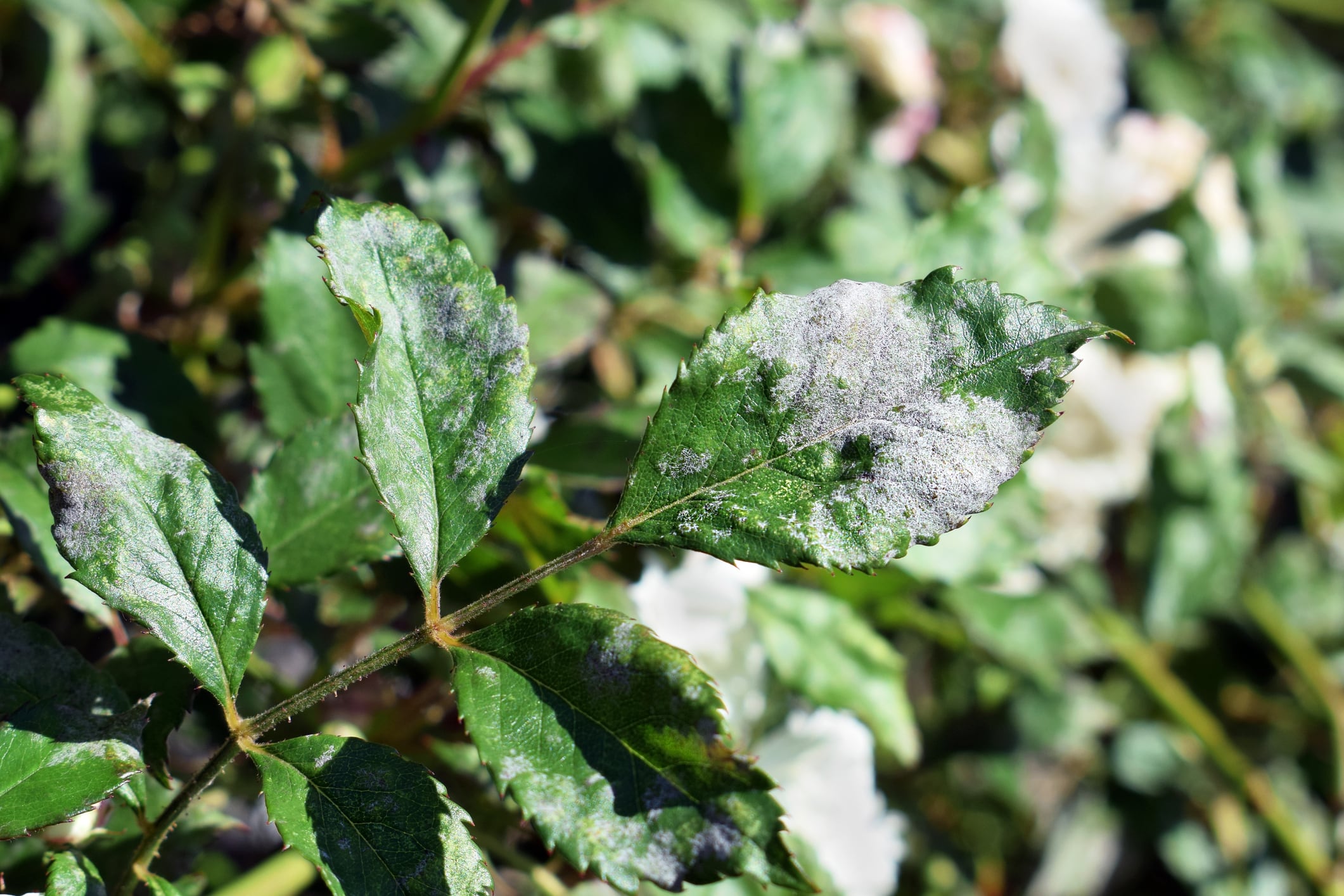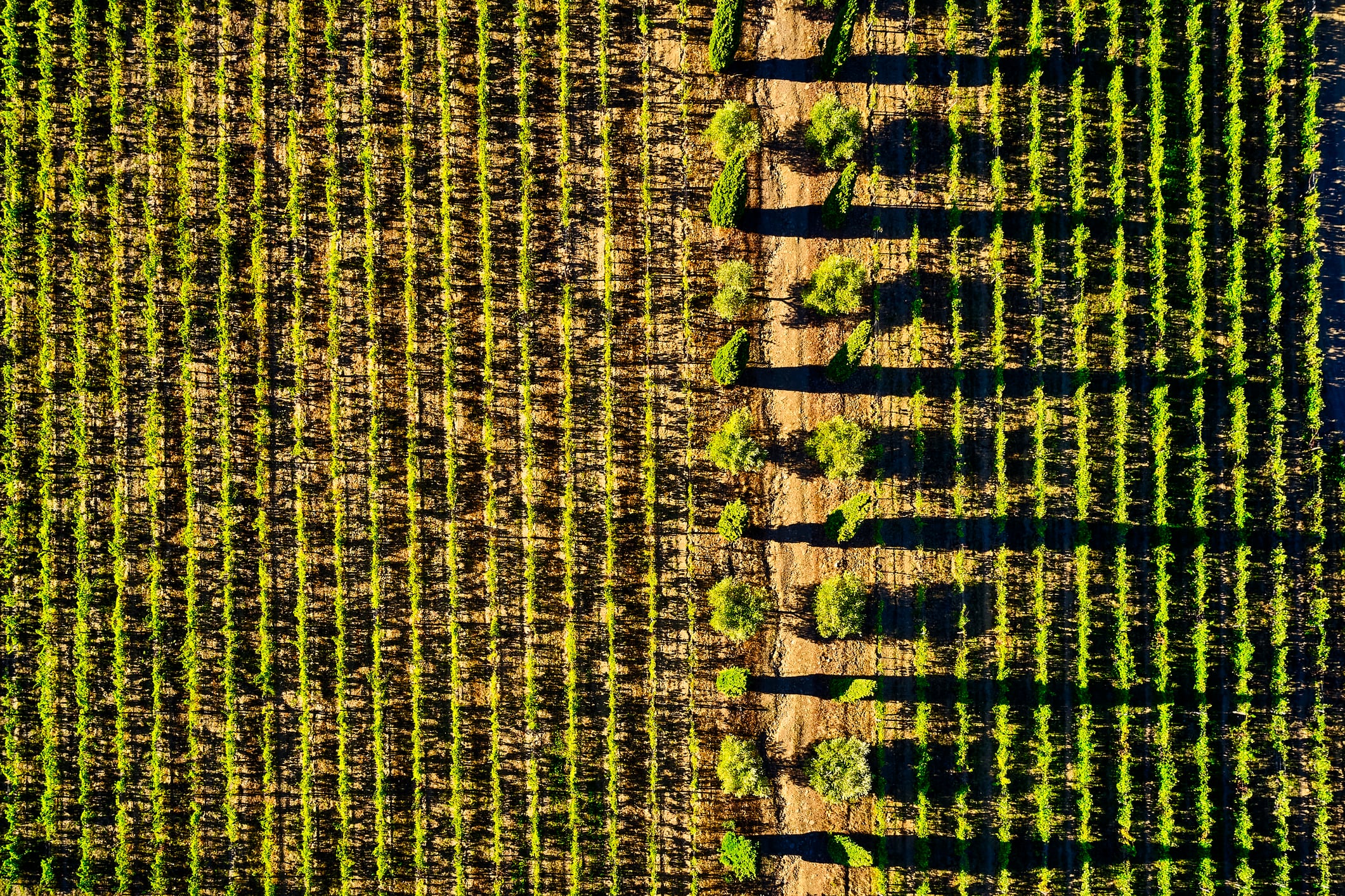The initiative, valued at $U120,968, was funded by Food and Agriculture Organisation of the United Nations (FAO).
It will run from September 2025 to May 2026 across 15 provinces, from Hanoi, Hung Yen, Lao Cai and Lai Chau in the north to Dong Nai, Tay Ninh, Can Tho and Ca Mau in the south.
According to MAE, the project aims to reduce TR4-infected areas by 40 per cent, identify one to two disease-resistant banana varieties, and isolate at least one effective antagonistic microorganism strain.
This project is important as bananas are a major export for Vietnam, reaching more than 10 markets, including China, South Korea, Japan, and the European Union (EU) countries.
Furthermore, high-end markets are increasingly demanding certified disease-free and traceable production areas.
Deputy director of the department of crop production and plant protection Nguyen Quy Duong highlighted that this is Vietnam’s first TR4 project aligned with international standards, combining epidemiological mapping, resistant varieties, and biological control.
He said it will enable local authorities to proactively respond to outbreaks and strengthen farmers’ capacity for sustainable crop protection.
Project aims
The project will focus on five key outputs. First, it will establish a TR4 disease monitoring and early warning system, collecting 300 samples and creating a national disease distribution map.
Second, it aims to enhance diagnostic capacity using PCR and LAMP techniques, supported by a trained team of experts and laboratory staff capable of early detection and accurate reporting.
Third, the project will select TR4-resistant or -tolerant banana varieties, providing a scientific basis for crossbreeding and wider adoption in production.
Fourth, it will identify microbial strains antagonistic to TR4, developing biological control methods to reduce reliance on chemical treatments.
Finally, the initiative will develop a tissue culture process to produce disease-free banana seedlings, alongside a sustainable TR4 management process tailored for local application.
Importance of fruit exports
Fruits and vegetables remain a key driver of Vietnam’s agricultural exports.
According to the General Department of Customs, the sector’s exports reached nearly U$1.3bn in September 2025, up 35.9 per cent from August and 41 per cent year-on-year.
For the first nine months, the reported total was about U$6.11bn, an 8.3 per cent increase. The September figure also set a new monthly record for the sector.
The standout export were durians, which generatid approximately U$1.bn by the end of August 2025.
Aside from durian, MAE said coconut, passion fruit, processed mango, pineapple, and banana also recorded significant growth.
To ensure continued growth, Vietnam is focusing on market diversification beyond its traditional markets.
Additionally, MAE is pushing the sector expand deep processing to increase value and ease reliance on fresh fruit exports.
Lastly, it is also encouraging the adoption of digital technology to better supply chain management and traceability.
This included tools such as blockchain, QR codes, and digital plantation data systems that can improve transparency, meet stricter international standards, optimise costs, and reduce production and distribution risks.





